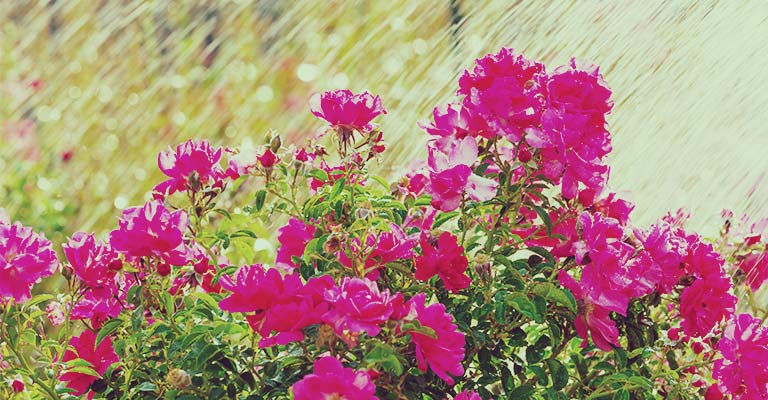
Looking at row after row of every type of garden hose under the sun is intimidating for most gardeners, but don’t be tempted to buy the least expensive hose. Cheap hoses usually aren’t a good buy; they don’t last long, and kinking may be a continual source of frustration.
The best choice depends on a variety of factors, including size of your garden, frequency of use and availability of storage space. Read on for the scoop on five basic garden hoses.
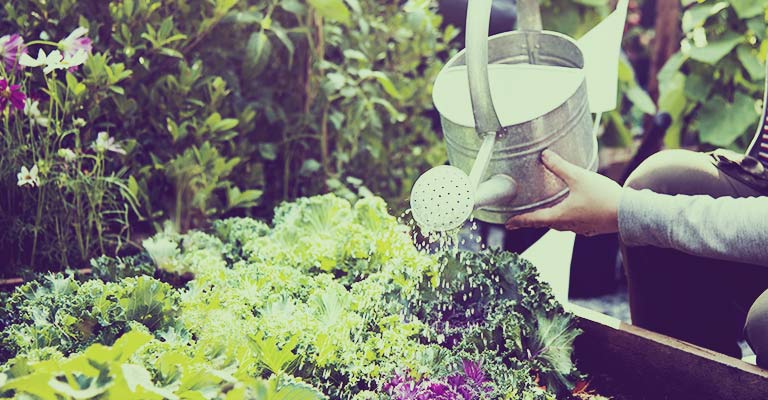
They are all-purpose hoses used for everything from watering the lawn to hosing down a patio or washing the car. Hoses are available in a range of prices and in lengths of 25 to 100 feet. (8 to 30 m.).
Vinyl garden hoses are less expensive than rubber, but they kink easily and wear out faster. Rubber hoses tend to hold up well and last much longer. However, they are heavier, making them more difficult to move and store.
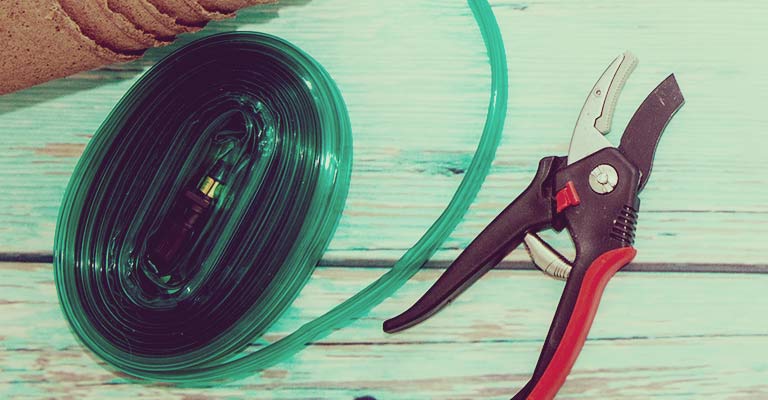
Flat hoses look like a smaller version of a fireman’s hose, remaining flat until you turn on the water. Flat hoses are lightweight, drain well, and are easy to store.
The downside of flat hoses is that they are usually made of vinyl, which means they kink easily and may not have a long lifespan. Flat hoses are best for straight lines and don’t do well around corners.
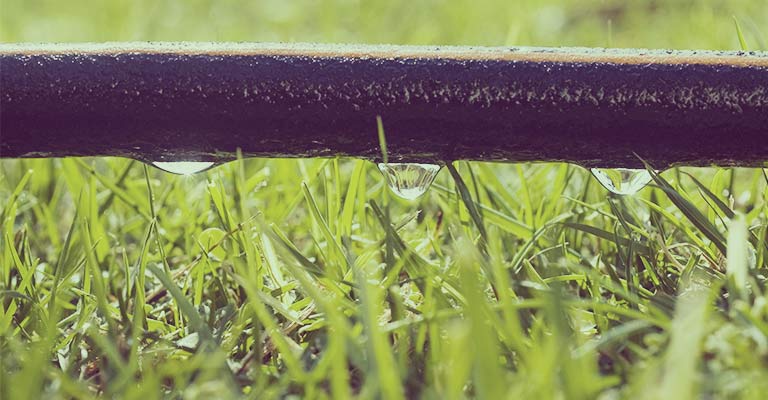
These are typically made of plastic or recycled rubber. They are porous hoses that work by seeping water into the soil where moisture is efficiently utilized by plant roots. Many gardeners like to arrange soaker hoses semi-permanently, camouflaged with a layer of mulch.
You may have difficulties with soaker hoses if your water pressure is uncertain, and sunlight can deteriorate hoses relatively quickly. Soaker hoses are best for level landscapes with relatively straight lines.
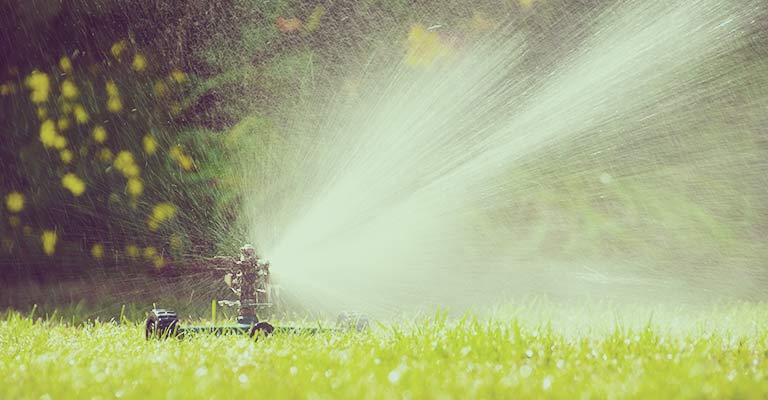
These are perforated hoses that send out a misty spray in an area at least 10 feet wide (3 m.). The tiny holes must be facing up to work, or you can arrange the hose with the holes facing down and use it much like a soaker hose.
Either way, you can’t weave a sprinkler hose around plants or other tight spots where it’s impossible to keep the hose flat. Additionally, they don’t work very well in beds with shrubs or taller plants that block the spray from reaching low-growing plants.
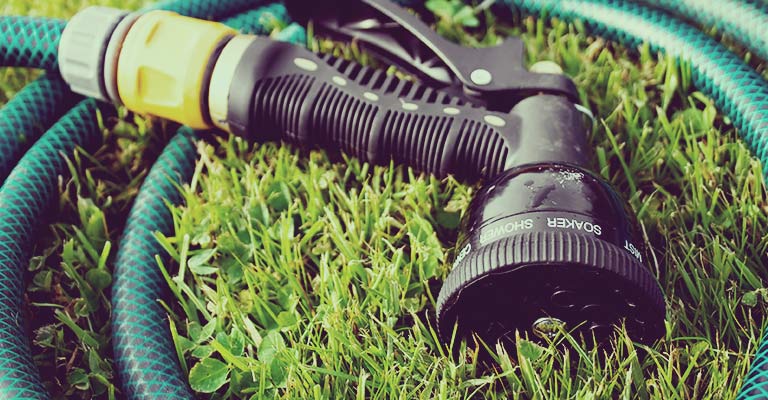
Coiled hoses can be an ideal solution in small areas where you prefer to hand-water. The hose shrinks back to a tight spiral when not in use, so it’s easy to tuck away on a patio or balcony. On the other hand, coiled hoses tend to be difficult to store.
Take the length of your garden into consideration; because of the coils, the actual length may be a little less than that stated on the label.
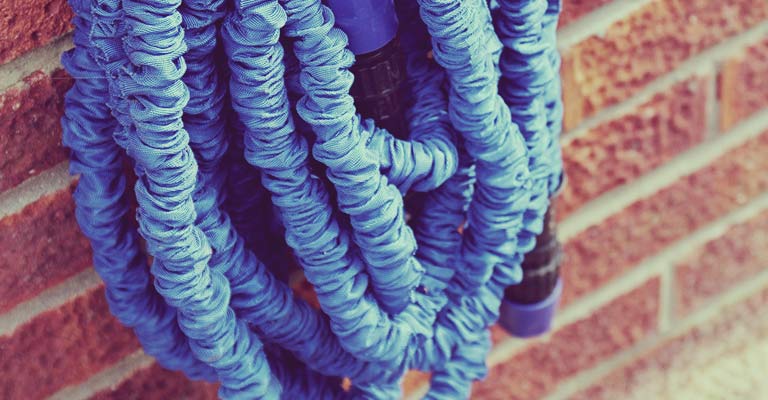
Expandable hoses, also known as pocket hoses, don’t require much space but they expand to three times their length when filled with water.
Although expandable hoses are handy for small jobs, don’t expect a long lifespan. They tend to rupture in high water pressure and they wear out quickly in sunlight.
Subscribe to our newsletter to receive our gardening tips, news and more directly in your inbox! Fill in the form below. Please note that fields with an * are required.